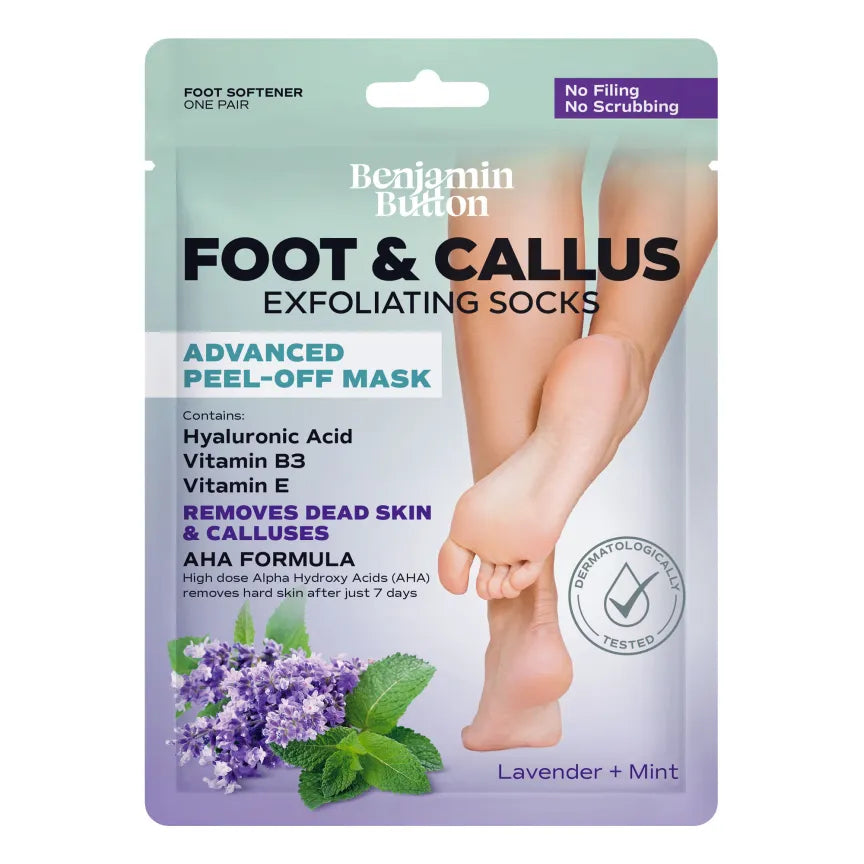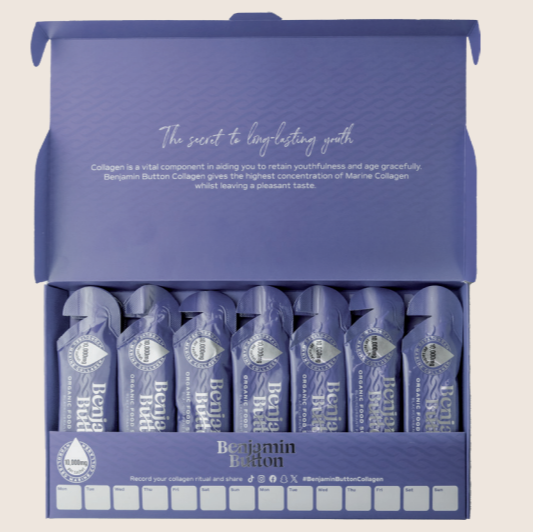Align Your Walk with Fitness Goals for Maximum Benefits
Walking is a simple yet powerful activity that can significantly enhance your fitness journey. It is an accessible form of exercise that, when aligned with your fitness goals, can yield impressive results. To maximise the benefits, it’s essential to be intentional about your walking routine, allowing each step you take to propel you closer to your aspirations.Understanding Your Fitness Goals
Before stepping out for a walk, it’s crucial to understand what you want to achieve. Whether your aim is weight loss, improving cardiovascular health, enhancing endurance, or simply maintaining a healthy lifestyle, defining your goals will help you tailor your walking regimen to align with these targets. Common Fitness Goals Include:- Weight loss or management
- Increasing cardiovascular endurance
- Improving mood and mental health
- Strengthening core and leg muscles
- Enhancing overall fitness levels
Choosing the Right Walking Technique
The technique you employ while walking can dramatically influence the effectiveness of your workout. Practising proper walking techniques can also prevent injuries and enhance performance. Consider the Following Techniques:- Posture: Stand tall with your shoulders back and relaxed, avoiding slouching.
- Foot Placement: Land on your heel and roll through to your toes for a smooth stride.
- Arm Movement: Keep your arms bent at 90 degrees and swing them naturally to maintain momentum.
- Breathing: Focus on deep, rhythmic breaths to ensure adequate oxygen supply, which enhances endurance.
Incorporate Pace and Duration
Focusing on the pace at which you walk can also aid in meeting your fitness objectives. Slower walks can be excellent for long-distance endurance, while faster-paced walks can elevate your heart rate, making for an effective cardio workout. Tips for Modulating Pace:- Start with a warm-up pace for 5 minutes.
- Gradually increase to a brisk pace for the main portion of your walk.
- Incorporate intervals by alternating between brisk walking and a temporary jog or a faster pace.
- End with a cool-down session of slower-paced walking.
Add Variety to Your Walking Routine
Monotony can be a motivation killer. To keep your walking routine fresh and engaging, consider varying your routes, terrain, or adding walking groups. Ways to Increase Variety:- Change your walking routes to explore new areas.
- Add incline walking by choosing hilly paths or using a treadmill with an incline feature.
- Walk with friends or join a local walking group for social interaction and accountability.
- Incorporate different surfaces, such as trails or sidewalks, to work different muscle groups.
Track Your Progress
Tracking your walking habits can provide insights that help you stay on course with your fitness goals. Using fitness apps, a simple journal, or a fitness tracker, you can monitor your distance, time, and pace. Benefits of Tracking Include:- Identifying patterns in your activity levels.
- Highlighting improvements in endurance and pace over time.
- Setting new challenges based on past performance.
- Boosting motivation with visual proof of progress.
Implement Cross-Training
Although walking is an amazing form of exercise, integrating cross-training into your fitness routine can enhance overall results. Exploring activities like cycling, swimming, or strength training can offer stimulus to different muscle groups that complement your walking. Cross-Training Options:- Cycling for low-impact cardiovascular conditioning.
- Swimming for full body resistance training.
- Yoga or Pilates for flexibility and core strength.
- Strength training to build muscle, which enhances your metabolism.
Stay Hydrated and Nourished
Walking doesn't just require physical readiness but also proper nutrition and hydration. Ensuring that your body is fuelled and hydrated will optimise your performance during your walks. Hydration Tips:- Drink water before, during, and after your walk.
- Consider electrolytes if you’re walking for extended periods or in hot weather.
- Have a balanced meal or snack rich in complex carbohydrates and protein before your walk.
- Incorporate fruits and vegetables into your daily meals for added vitamins and minerals.






















